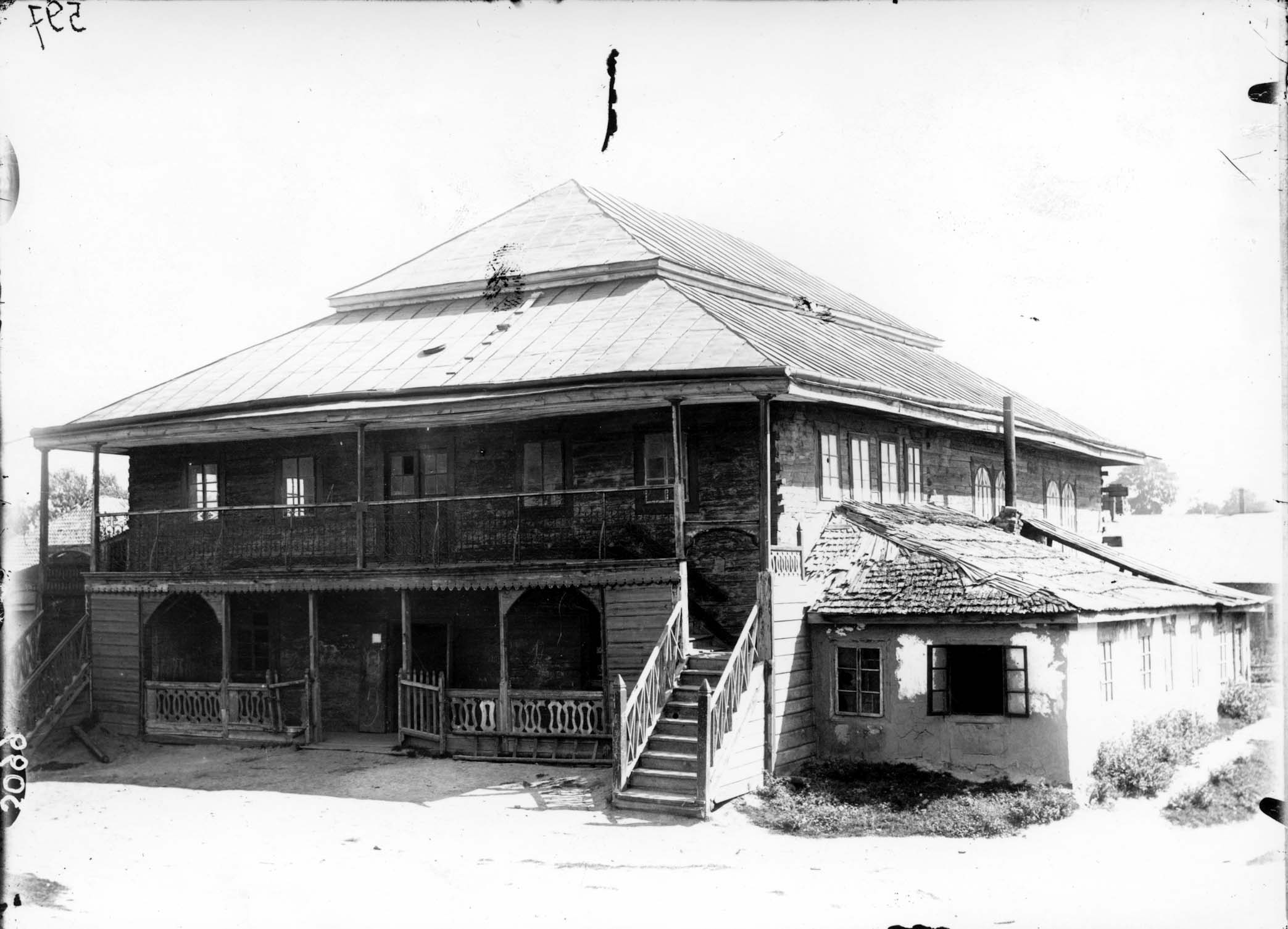

Ołyka

After the war, as a part of the Volhyn Region, Ołyka was incorporated into the Polish state. During this interwar period various Zionist organizations (mainly He-Halutz, Ha-Shomer Ha-Tsair, and Beitar) were active in Ołyka. For some time the famous Nowogródek yeshiva had a branch in Ołyka. The community also operated a Hebrew-language Tarbut school and a Jewish library.
In September 1939, following the Ribbentrop-Molotov Pact and the German invasion of Poland on September 1, Ołyka became part of Soviet Ukraine. Soviet rule brought independent Jewish public life to an end: Jewish organizations and institutions were forced to disband and the Tarbut school was transformed into a Yiddish-language Soviet school. Approximately 2,500 Jews lived in the town prior to the outbreak of the war.
The Germans entered Ołyka on June 28 or 29, 1941. A heavy German aerial bombardment that preceded their capture of the town destroyed many houses and claimed about 100 Jewish lives. On July 3, 1941 a pogrom was staged in the town, during which 11 Jews were killed. In early July, on the orders of Max Tauber, the German administrator of the Ołyka Region, the Jews were required to wear a Star of David (which was later replaced by a yellow patch) and to hand over their gold, money, and other valuables to the Germans. In the same month a Judenrat (Jewish council) and a Jewish police force were established by the Germans. In early August approximately 700 Jewish men were shot to death at the town's Jewish cemetery. In March 1942 a ghetto surrounded by barbed wire was set up. During this whole period Jews performed different kinds of forced labor, e.g., loading wood onto railroad cars at the Ołyka station and working in agriculture. In the spring of 1942 30 young Jews were sent for forced labor to Równe, where they perished along with the Jews of Równe in July 1942. The Ołyka ghetto was liquidated in late July 1942. Apparently on July 26, after selecting 130 Jewish specialists and artisans, the Germans took the rest of the Jews from the ghetto, under the pretext of resettling them, to the Radziwiłł Fortress, where several hundred of them suffocated to death due to overcrowding and the lack of air. On July 27 or 28 the remaining Jews were shot to death by an SS murder squad outside the town, near the village of Żorniszcze. Apparently in early 1943, the surviving Jewish specialists, who had been kept in the ghetto, were shot to death.
Ołyka was liberated by the Red Army on February 2, 1944.



